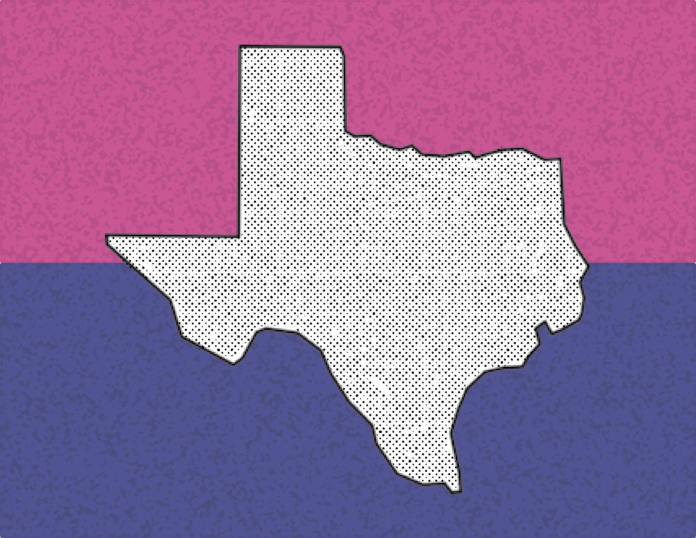By Didi Martinez
Underrepresented at the polls and in office, Texas women are taking stand against the lack of political participation in the state.
According to the Institute for Women’s Policy Research, a research organization that looks at public policy as it affects women today, Texas is among the worst states when it comes to political participation. In the think tank’s state report card, the Lone Star State has been given an “F” for criteria like female voter registration, political representation and election turnout.
The institute’s report card is conducted every few years, with the most recent edition showing numbers from 2015, and shows the most disparity among females elected into office. Organizations such as The League of Women Voters are hoping to make a dent in these figures.
“It’s harder to imagine doing something if you don’t see people that look like you doing it,” said Dr. Ivy Hamerly, a senior lecturer in the political science department and leader of the league’s Waco chapter. “And so if women have grown up thinking that a representative looks like a man it might be harder to picture what it might be like to do that. With the right kind of encouragement and mentoring and support I think all kinds of citizens might be great representatives.”
At the state level, women only make up to 20.4 percent of the Texas Legislature — with a final count of 37, according to National Conference of State Legislatures. But even locally, Hamerly said it comes down to a matter of education.
“It’s just a matter of whether they end up finding that kind of support that they [citizens] need, so they know the ins and outs of how to file for candidacy, how to raise funds, how to craft their message, how to organize their campaign,” Hamerly said. “I think you average citizen doesn’t know that information.”
With about 75 members, the Waco chapter underwent a brief hiatus and has since restarted under Hamerly’s leadership.
“We’re just starting with who we know and starting to make contact with networks that are all across the city so we can pull in people who share our goals,” Hamerly said.
Avoiding ties to specific candidates or parties, The League of Women Voters is a nonpartisan organization. But this doesn’t mean the group misses an opportunity to have their voice heard in public policy.
“One big issue that we work on is women’s health,” said Elaine Wiant, Texas’ League of Women Voters president. “If women can’t control their own lives then it’s very difficult to do anything else.”
While the report card only pulls the average voter registration and voter turnout numbers for 2010 and 2012, a look at the U.S. Census Bureau’s 2016 data confirms a much larger gap in registration and turnout than that of men. So despite scoring higher in both categories as a gender, a greater percentage of female voters are just not making it to the end of the voting process.
Organizations focused on addressing the gender gap in politics is not a new concept. Austin-based groups like Annie’s List, who backs women with largely Democratic agendas and The Texas Federation of Republican Women, who supports Republican women running for office, are both party-oriented operations seeking to increase representation.
“I think women just have to step up to the plate in the same way that men do,” Wiant said. “Women have to be just as assertive and say, ‘I’m here, I’m going to do it,'”






